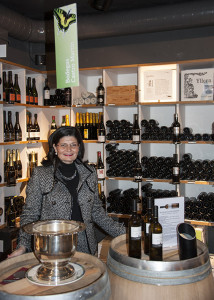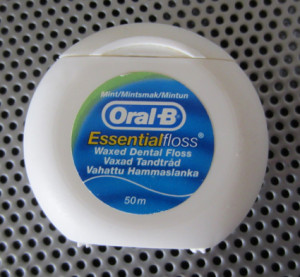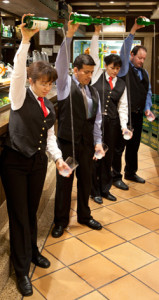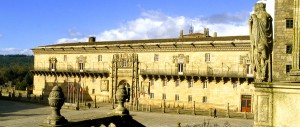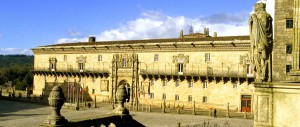Return from New York
September 14th, 2014 | Tasting
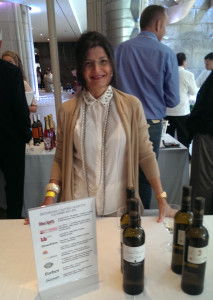 You may have noticed the lack of entries on this site over the last few days, and that’s simply because we’ve been travelling – a quick flit over to New York. With only days left to run before over 2014 harvest kicks off Angela and I made a flying visit to New York City for the annual tasting of our importer. It’s always a bit of a dilemma, deciding whether we should abandon the bodega at such a critical moment, but in reality during the last few days before picking there’s actually not a lot to do, except sit and wait (assuming that all the preparation work in the cellar has been done – cleaning, testing equipment, ordering supplies etc.)
You may have noticed the lack of entries on this site over the last few days, and that’s simply because we’ve been travelling – a quick flit over to New York. With only days left to run before over 2014 harvest kicks off Angela and I made a flying visit to New York City for the annual tasting of our importer. It’s always a bit of a dilemma, deciding whether we should abandon the bodega at such a critical moment, but in reality during the last few days before picking there’s actually not a lot to do, except sit and wait (assuming that all the preparation work in the cellar has been done – cleaning, testing equipment, ordering supplies etc.)
If the truth is known I think that we also have an alternative motivation for wanting to go to the States…. to opportunity to visit a big, vibrant city with the added bonus of a bit of ‘retail therapy’. Suffice to say that we always leave Galicia with an extensive shopping list in hand, and have to add at least one extra day to our trip to accommodate our spending!
So, now that we’re back it’s time to refocus, and get on with the serious business of making wine. Until today the quality of fruit has been looking quite promising, but as we move into the final days, the forecasts are not looking too good – we can only hope that they’re wrong.
 You may have noticed the lack of entries on this site over the last few days, and that’s simply because we’ve been travelling – a quick flit over to New York. With only days left to run before over 2014 harvest kicks off Angela and I made a flying visit to New York City for the annual tasting of our importer. It’s always a bit of a dilemma, deciding whether we should abandon the bodega at such a critical moment, but in reality during the last few days before picking there’s actually not a lot to do, except sit and wait (assuming that all the preparation work in the cellar has been done – cleaning, testing equipment, ordering supplies etc.)
You may have noticed the lack of entries on this site over the last few days, and that’s simply because we’ve been travelling – a quick flit over to New York. With only days left to run before over 2014 harvest kicks off Angela and I made a flying visit to New York City for the annual tasting of our importer. It’s always a bit of a dilemma, deciding whether we should abandon the bodega at such a critical moment, but in reality during the last few days before picking there’s actually not a lot to do, except sit and wait (assuming that all the preparation work in the cellar has been done – cleaning, testing equipment, ordering supplies etc.)
If the truth is known I think that we also have an alternative motivation for wanting to go to the States…. to opportunity to visit a big, vibrant city with the added bonus of a bit of ‘retail therapy’. Suffice to say that we always leave Galicia with an extensive shopping list in hand, and have to add at least one extra day to our trip to accommodate our spending!
So, now that we’re back it’s time to refocus, and get on with the serious business of making wine. Until today the quality of fruit has been looking quite promising, but as we move into the final days, the forecasts are not looking too good – we can only hope that they’re wrong.



